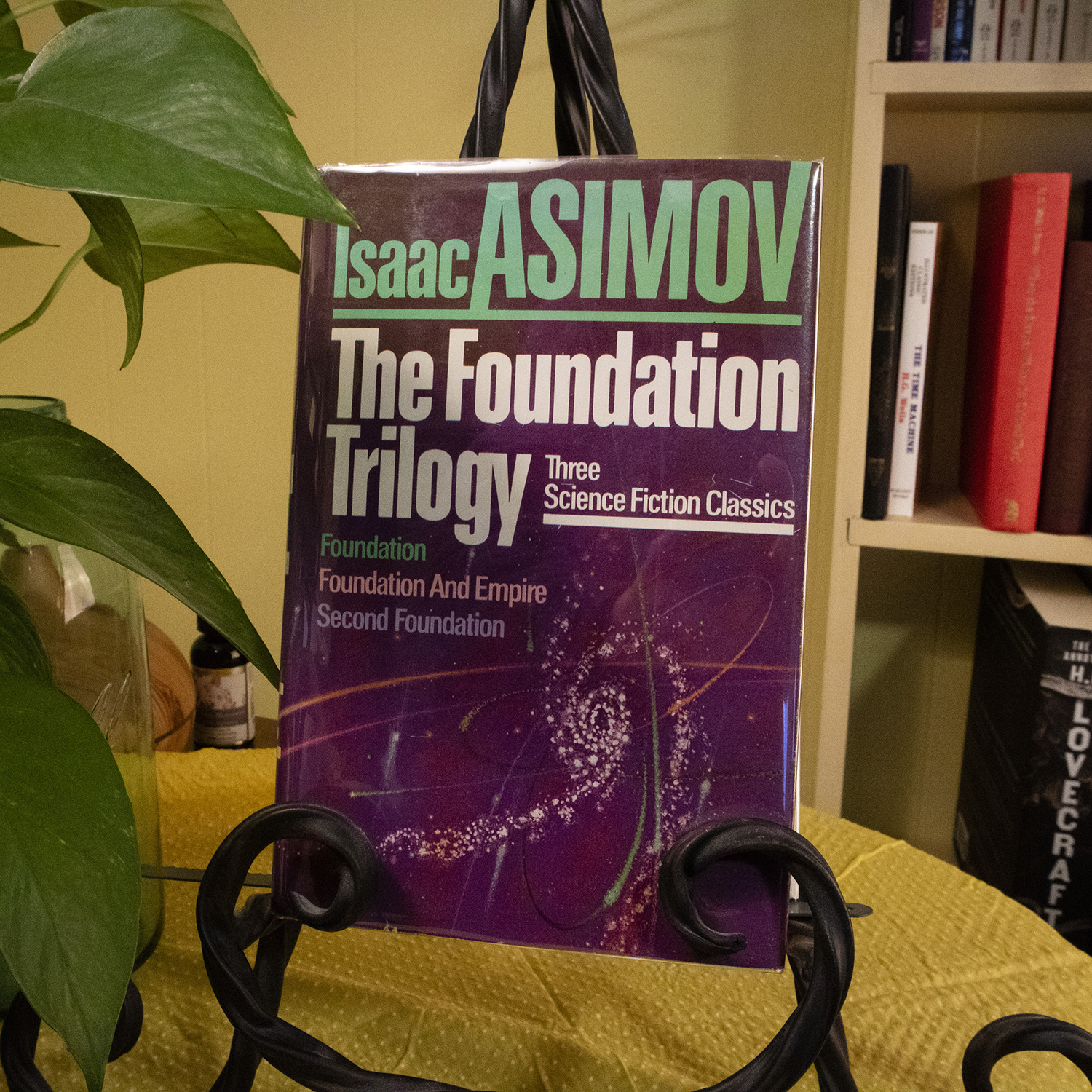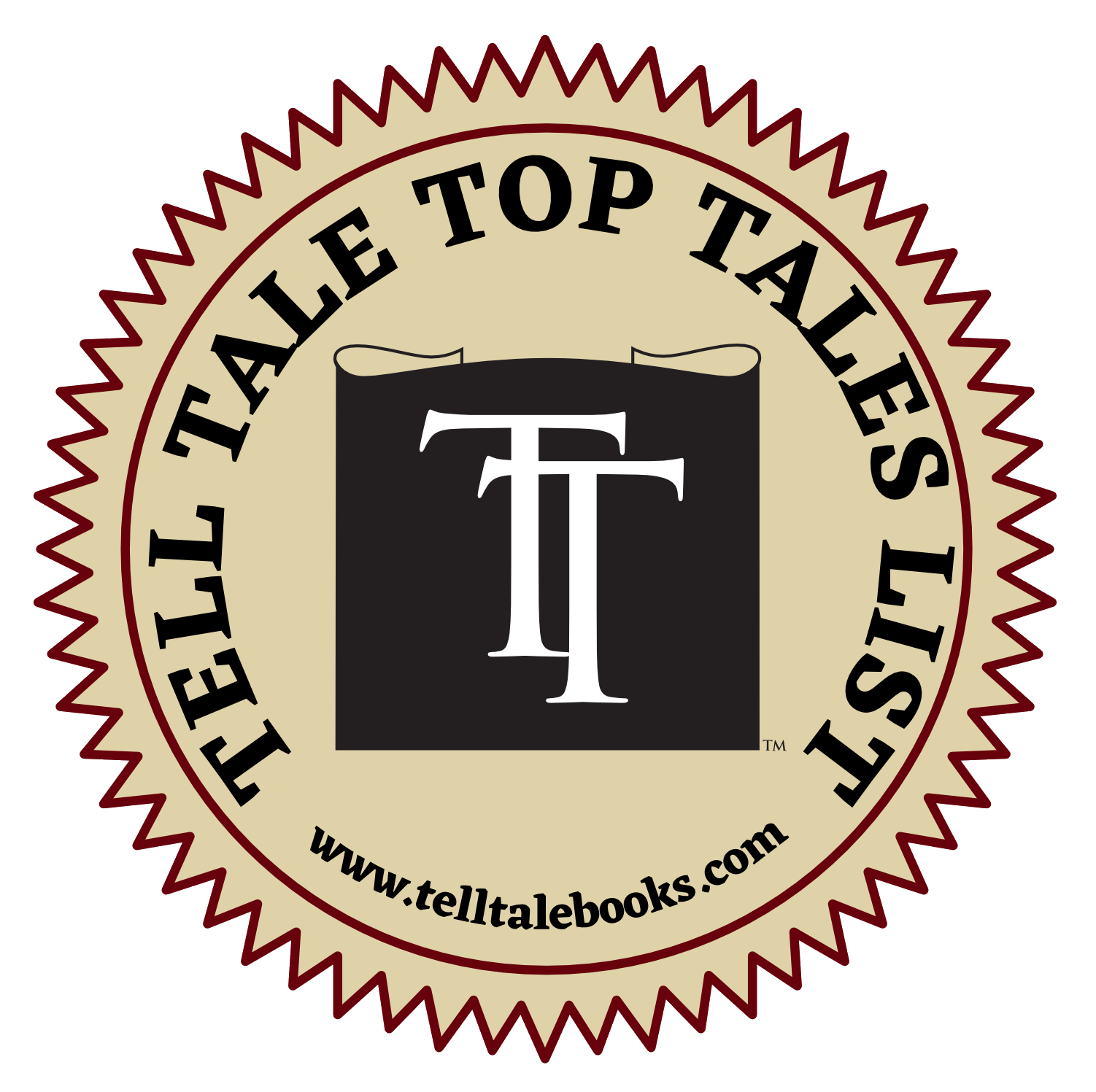
Synopsis
A brilliant psychologist and mathematician creates the science of psychohistory and uses it to mathematecally predict the probable future. His calculations show that the Galactic Empire will fail and the galaxy will descend into barbarism. Hari Seldon creates the Foundation to preserve knowledge and help the galaxy recover and regroup.
History
First publication: August 30, 1951 Gnome Press
Collection of stories originally published in science fiction magazines:
“The Psychohistorians”
“Foundation (The Encyclopedists)” appeared in Astounding Science Fiction May 1942
“Bridle and Saddle (The Mayors)” appeared in Astounding Science Fiction June 1942
“The Wedge (The Traders)” appeared in Astounding Science Fiction October 1944
“The Big and the Little (The Merchant Princes)” appeared in Astounding Science Fiction August 1944
Alternate title: The 1,000 Year Plan.
Review
This has become a “foundation” itself of modern science fiction. As with most sf stories from the 1940s the science has been surpassed and may seem odd to the modern reader. Newer authors have also built upon Asimov’ foundation of a galactic empire and have done a better job of imagining it. Asimov had the tendency to write future worlds as if they were 1940s United States, with the addition of a few scientific toys. So his world building, by our standards now, seems very weak. I have noticed the same thing when I reread Nightfall last year. It’s interedting to note that Nightfall was once voted the all-time best sf short story and teh Foundation Trilogy was voted the best all-time series. I love these stories to death but I have never fealt they were the best of all-time.
Anyway, this is a great book for its ideas and the basic philosophy of a Foundation that wins wars and softens the fall of the Empire without ever needing to fire a shot. That comes from Asimov’s pacifist philosophy. I think the idea is beautifully demonstrated here, as well as his thinking of how a huge Galaxy-wide empire might function and fall politically and how civilization might be preserved and restored instead of experiencing a long night. Other authors have explored that idea of such an empire failing and all of human history and knowledge being lost as all of the worlds and systems lose touch with one another.
The style of the writing is not for everyone, but I do not think it should be criticized. It is easy for us who have been brought up on Star Wars and the Marvel Universe to see the style here as lacking, but it is only different. The story here moves forward mostly from a series of conversations regarding the politics of the different situations. I think this approach was necessary for a story that is only about ideas and is far larger than any characters. Just like Seldon’ psychohistory, this is about the large statistical probablilities of history and mob mentalities more than the the lives of any individual people. It’ hard to see the trees for the forest here. I applaud Asimov’ tackling of something that would be far larger than most of our minds could ever comprehend. I believe that this work stands as a very remarkable work, both this book and the whole series.
Videos
We have the story in these editions:
No World of Their Own / The 1,000-Year Plan, paperback, Ace Books, 1955-00-00
Isaac Asimov, hardcover, Octopus / Heinemann, 1981-00-00
The Foundation Triliogy, hardcover, Doubleday, 1982-12-00
All of the stories in the Foundation series:
The Originist
Trantor Falls
Blind Alley
Forward the Foundation
Cleon the Emperor
The Consort
Foundation’s Conscience
1 Foundation
1.1 Foundation
1.2 Bridle and Saddle
1.3 The Big and the Little
1.4 The Wedge
2 Foundation and Empire
2.1 Dead Hand
2.2 The Mule
3 Second Foundation
3.1 Now You See It...
3.2 ...And Now You Don’t
4 Foundation’s Edge
5 Foundation and Earth
6 Prelude to Foundation
7 Forward the Foundation

